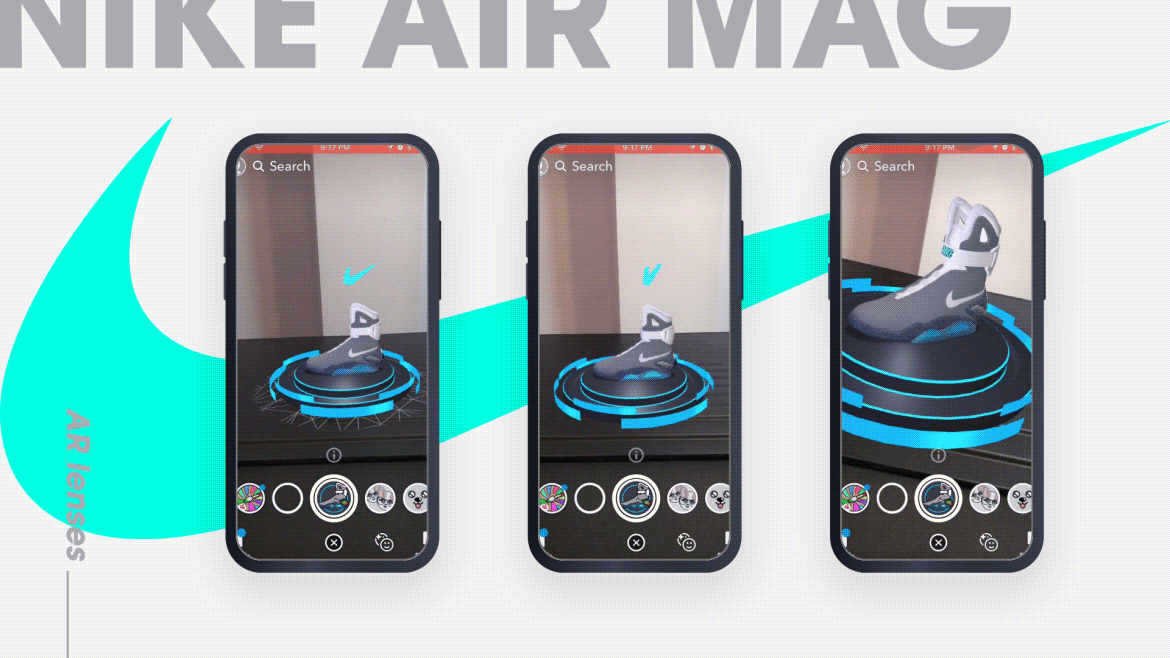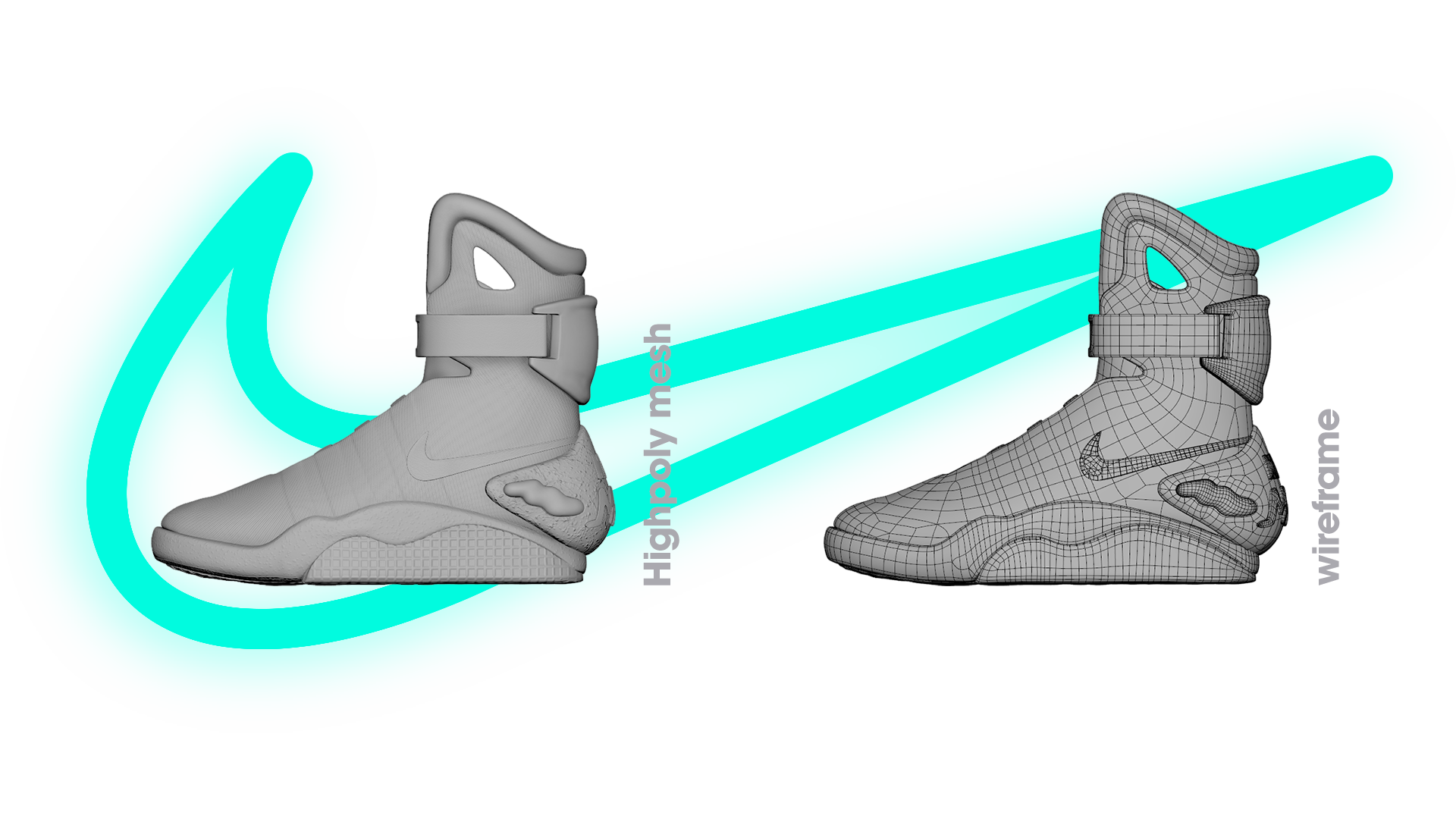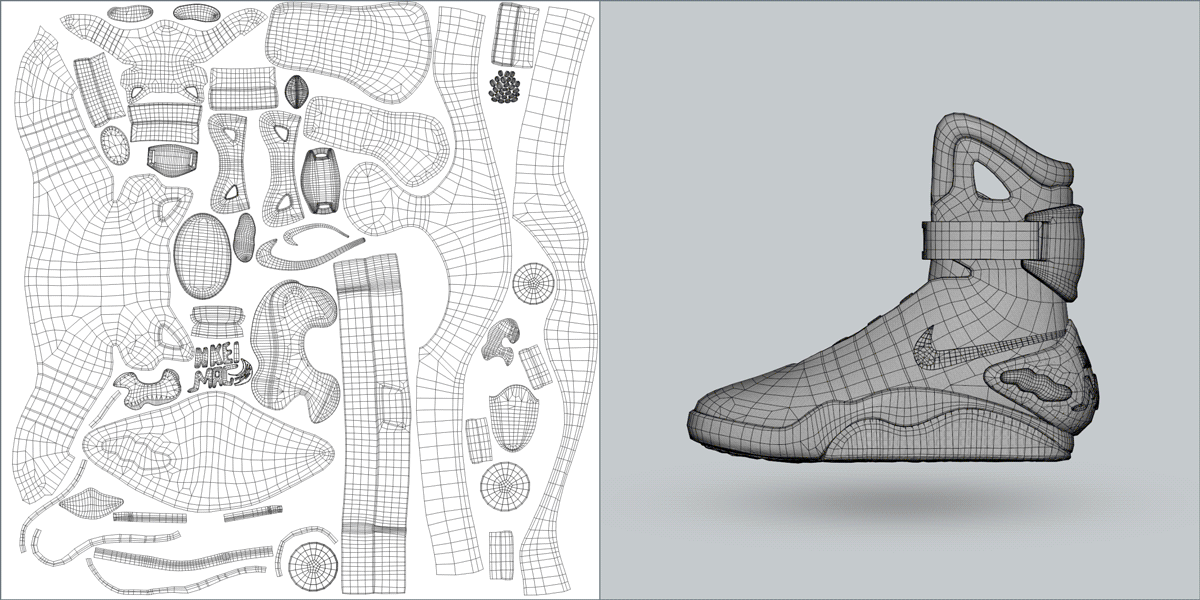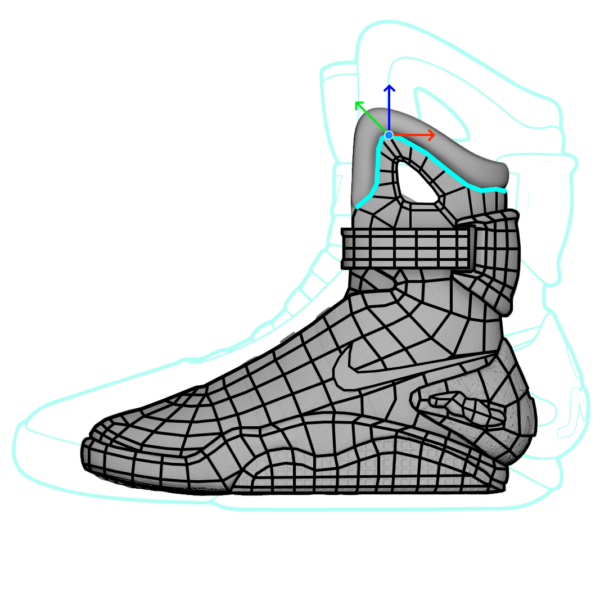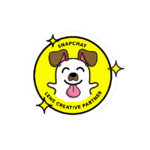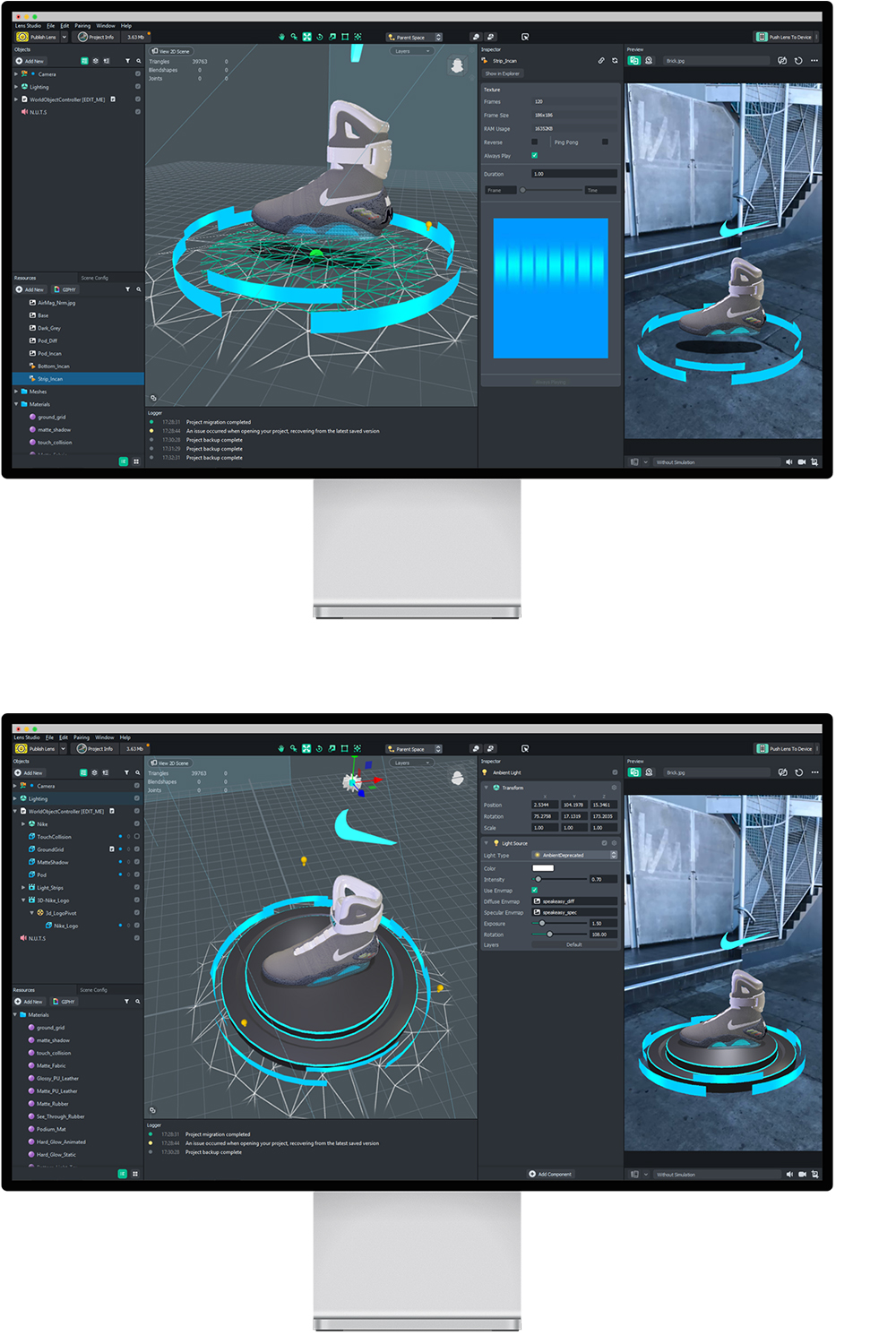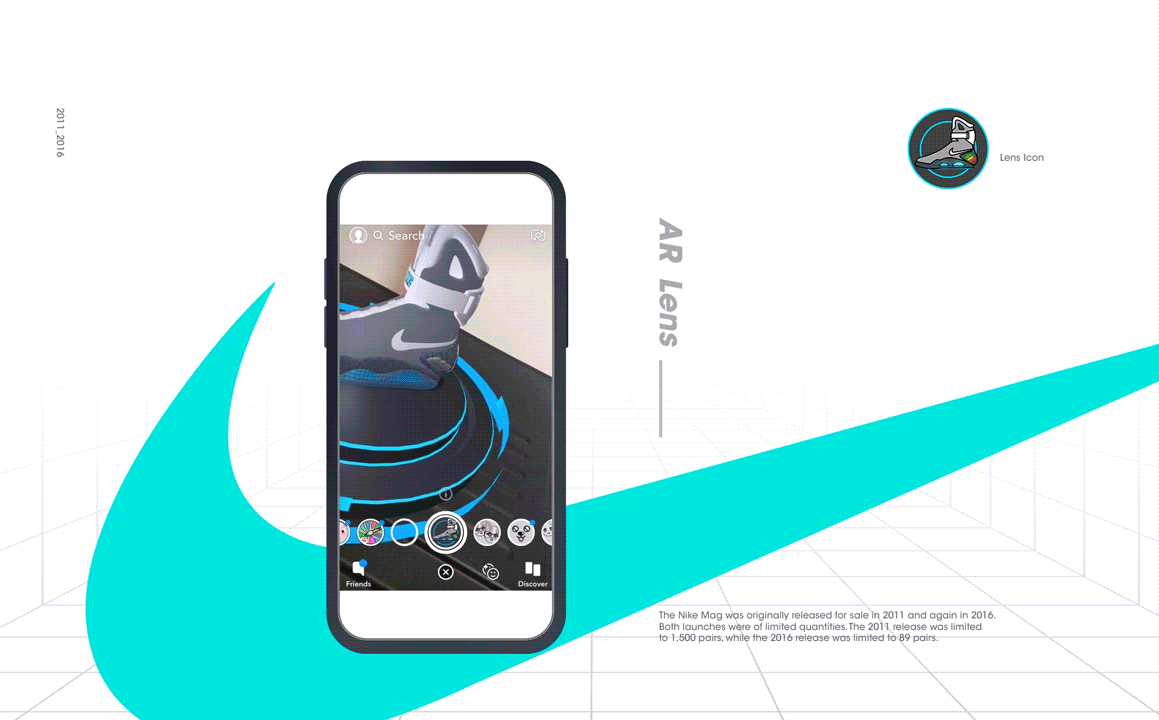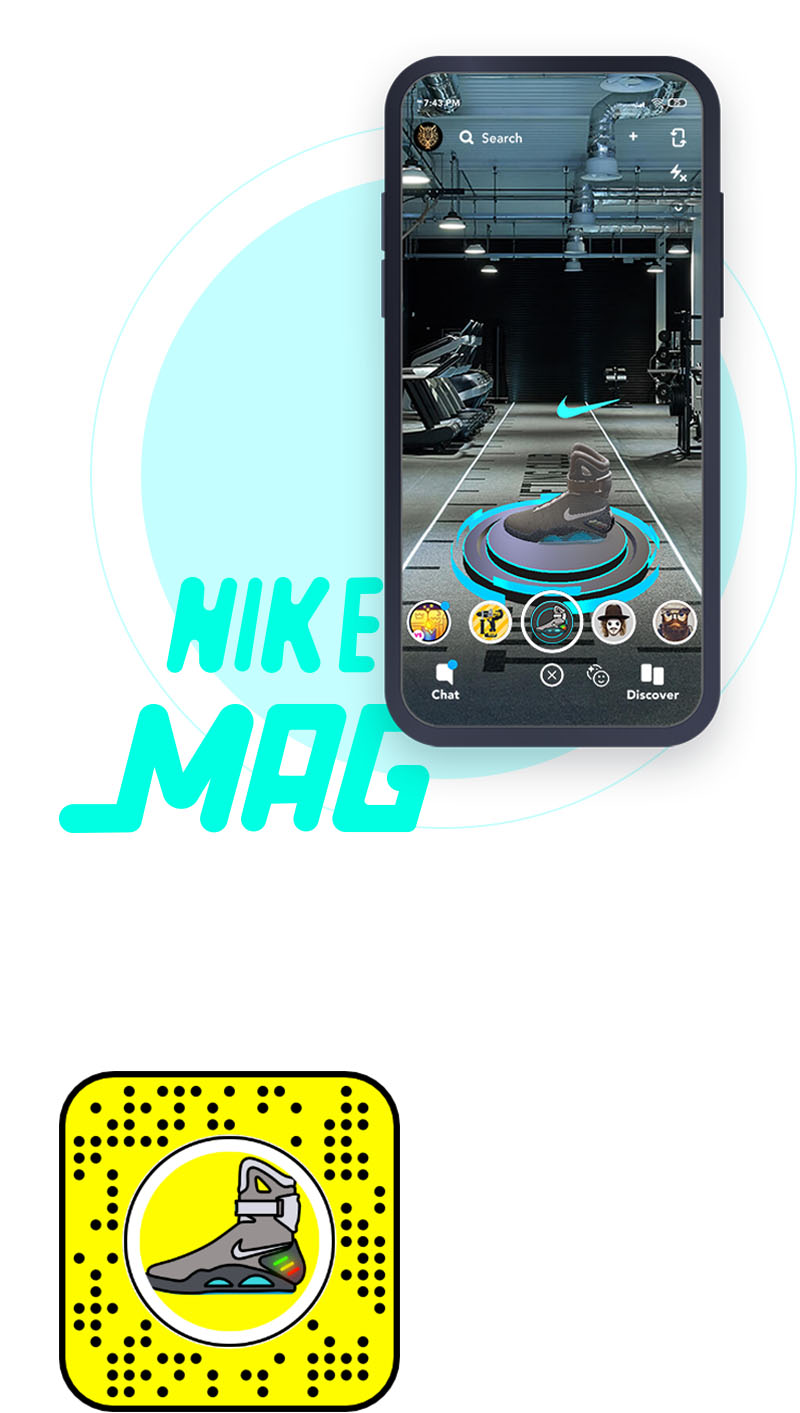3D content creation
The 3D model must perfectly represent the actual product with all of its details with precision while also considering the correct scale, the materials like wood,metal, plastic that the product is made of and represent it in 3D as close to real-life as possible. And all of this takes some time, depending on the structural complexity of each object. No way to rush it.

